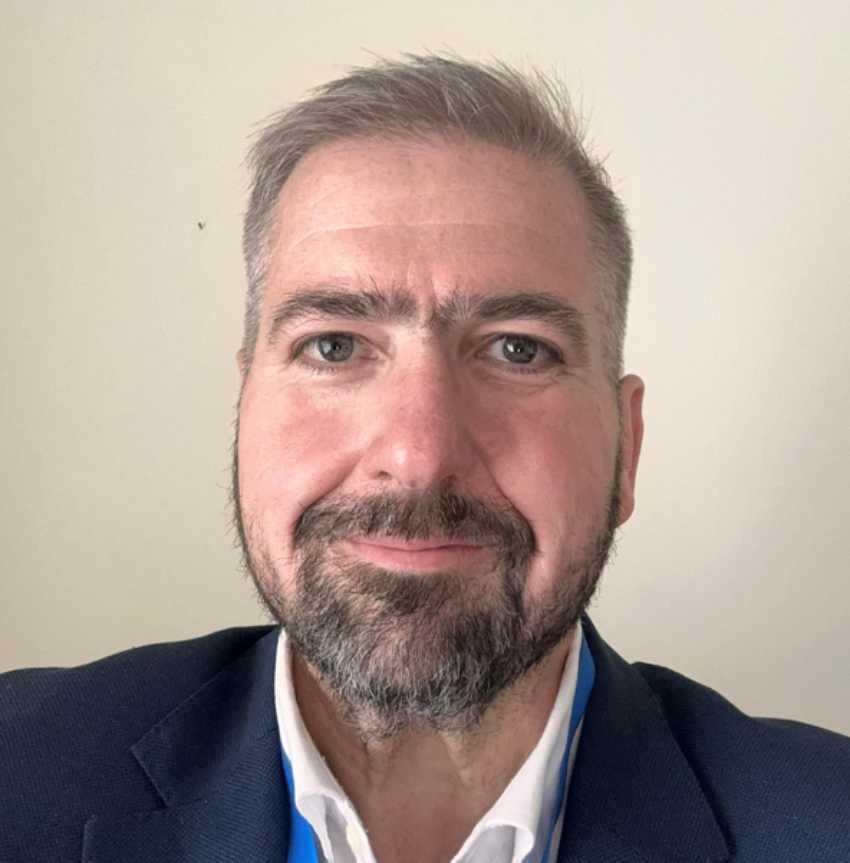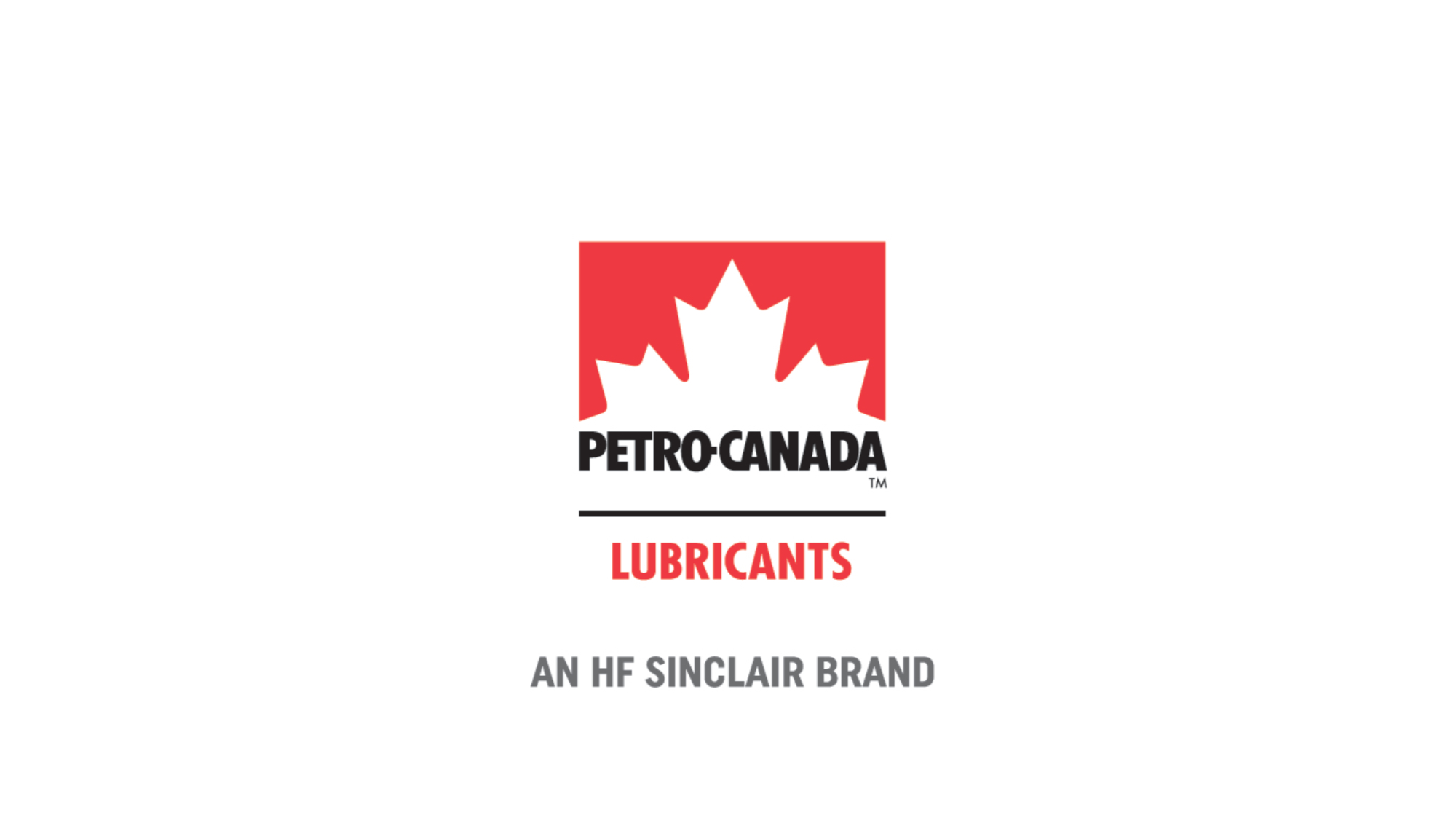Petro-Canada Lubricants, an HF Sinclair brand’s SENTRON™ products are long-life, high performance gas engine oils designed to address common stationary gas engine challenges such as high maintenance costs, frequent engine breakdowns, and reduced efficiency due to deposit build-up and wear on engine parts. SENTRON’s innovative formulations and comprehensive support ensure a smooth transition from challenge recognition to solution implementation, ultimately improving productivity and supporting long-term operational efficiency and sustainability, two key client concerns in today’s market.
Scott Wainwright, Director of Finished Lubricants Sales, EMEA and APAC for HF Sinclair’s Lubricants & Specialties, discusses how Petro-Canada Lubricant’s products turn client challenges into productivity.
What are the most common challenges your clients face before turning to your solutions?
Scott Wainwright: The most common challenges our clients face are high maintenance costs, frequent engine breakdowns, and reduced efficiency due to deposit build-up and wear on engine parts.
How do you typically discover and define a client’s productivity problem before offering a solution?
S.W: Our highly experienced technical team will typically conduct a thorough analysis of the client’s operational data, including engine performance metrics and maintenance records. This helps us identify specific issues such as excessive wear, deposit formation, or inadequate lubrication.
In what ways do your products directly address these challenges and remove barriers to efficiency?
S.W: SENTRON products are designed to improve engine performance with longer-lasting oil and extended drain intervals. They provide outstanding anti-wear protection, reduce cylinder and piston wear, and keep engine parts clean by minimizing deposits

What role does innovation (in design, materials, digitalization, automation, etc.) play in transforming client problems into measurable results?
S.W: Innovation plays a crucial role in our products. For example, SENTRON oils are formulated with ultra-pure base oils and advanced additive technology to deliver extended oil life and excellent protection against deposits. This results in reduced maintenance costs and improved engine durability.
How do you ensure a smooth transition from problem recognition to implementing your solution at the client’s site?
S.W: Petro-Canada Lubricants is proud of our ability to provide a smooth transition through the challenge to solution process via comprehensive support, including detailed product recommendations, on-site training, and ongoing technical assistance to help clients implement and maintain our solutions effectively.
Do you adapt your products to specific industries or customer needs, and if so, how?
S.W: Yes, we adapt our products to meet the specific needs of different industries. For example, SENTRON oils are available in various formulations to suit different types of stationary gas engines, including those used in power generation, gas compression, and biogas applications
What key metrics do your clients use to measure productivity improvements after adopting your solutions?
S.W: Clients typically measure productivity improvements using metrics such as extended oil drain intervals, reduced maintenance costs, improved engine performance, and decreased downtime.
Can you share a concrete example where your product significantly boosted a client’s productivity?
S.W: One example is the use of Sentron LD 8000 in a gas compression application, where it extended oil drain intervals by up to 300%, reduced maintenance costs, and improved engine reliability.

How do your solutions not only solve immediate challenges but also support long-term operational efficiency and sustainability?
S.W: Our solutions are designed to provide long-term benefits by extending engine life, reducing maintenance costs, and minimizing environmental impact through lower oil consumption and reduced waste.
What future client challenges do you anticipate, and how are your products evolving to address them?
S.W: We anticipate future challenges such as stricter environmental regulations and the need for higher efficiency. Our products are evolving to address these challenges by incorporating advanced technologies that enhance performance, reduce emissions, and improve sustainability


